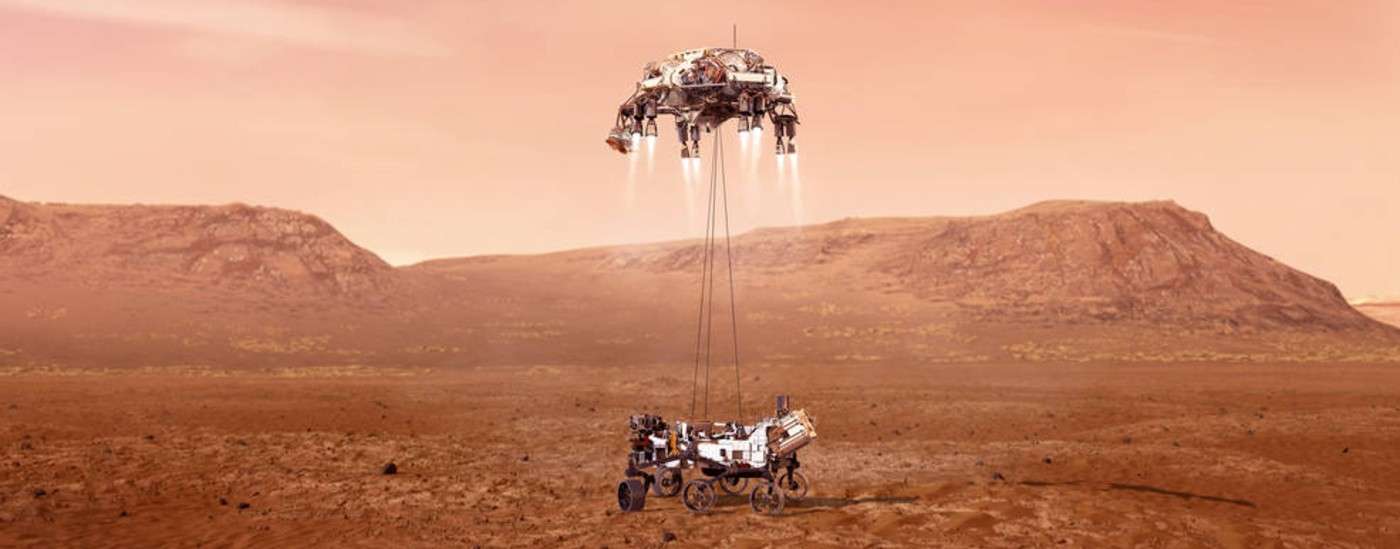NASA Launches James Webb Telescope to See First Galaxies and Distant Worlds With its Giant Sunshield
NASA, on December 25, successfully launched the James Webb telescope to explore distant worlds in space. Here's that story.

After its harrowing touchdown on Mars ten months ago left NASA engineers cheering, a six-wheeled scientist named Perseverance has been achieving its key objectives.
The rover has been searching for signs of ancient microbial life on the Red Planet and is at the heart of NASA's goal to complete the first mission to collect and cache Martian rock and dust.
Now, all that it has accomplished so far has been captured in a new video.
Surface Operations Mission Manager Jessica Samuels reflected on the year filled with groundbreaking discoveries from the Jezero Crater on Mars.
In the 10 months since it landed with a parachute by working with gravity, the car-size rover has driven 1.8 miles (2.9 kilometers), set a record for the longest rover drive in a Martian day, taken more than 100,000 images, and collected six samples of Martian rock and atmosphere that could eventually be brought to Earth for further study.
And then there's NASA's Ingenuity Mars Helicopter, which hitched a ride to the Red Planet with Perseverance.
It proved that powered, controlled flight is possible in Mars' thin atmosphere, and the 4-pound (1.8-kilogram) rotorcraft has logged 18 flights and counting.
Samuels, the Perseverance surface operations mission manager at NASA's Jet Propulsion Laboratory in Southern California, also explains the next phase of Perseverance's mission: to explore the delta that formed in Jezero Crater billions of years ago from sediment that an ancient river carried into the lake that once existed in the crater.
WATCH it below - and learn more at nasa.gov/perseverance…
FLY This Cool Video to Other Intelligent Life on Social Media…
Be the first to comment